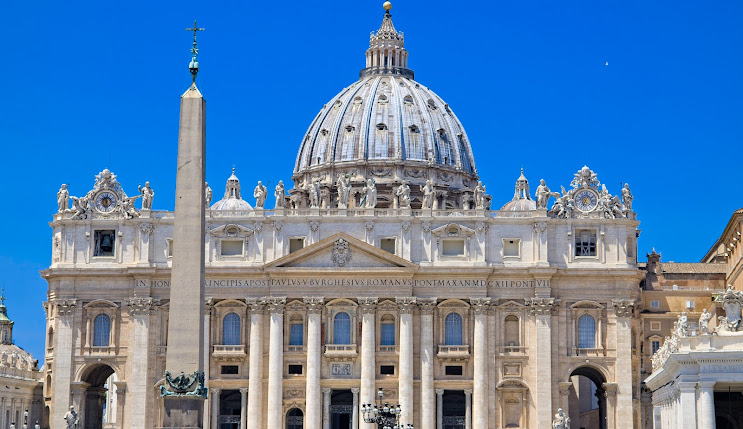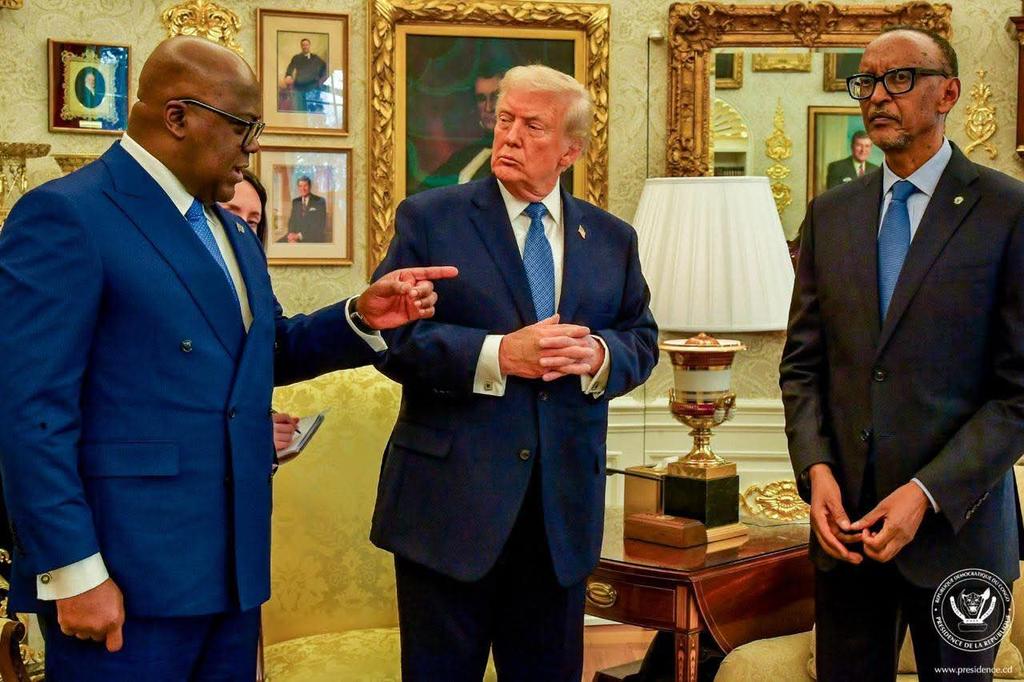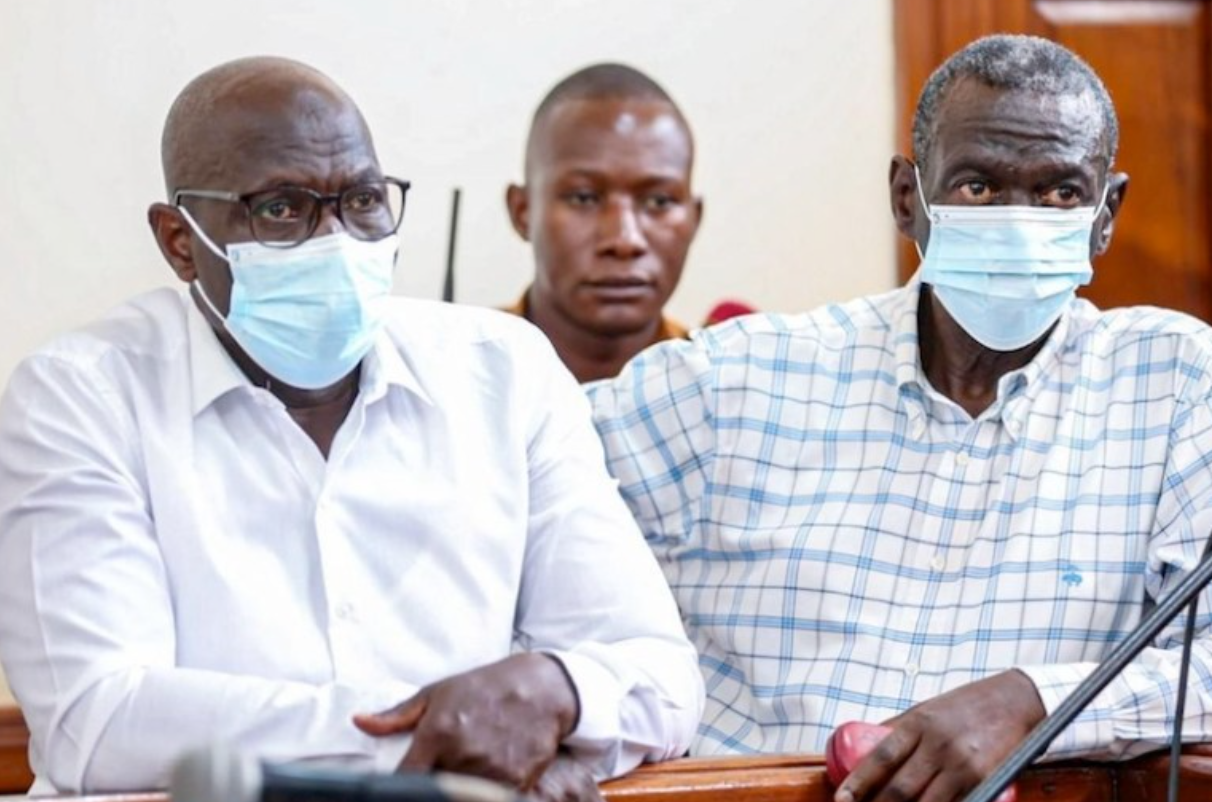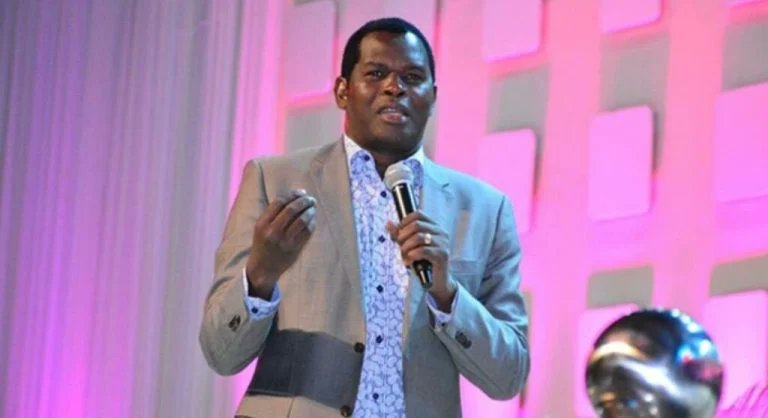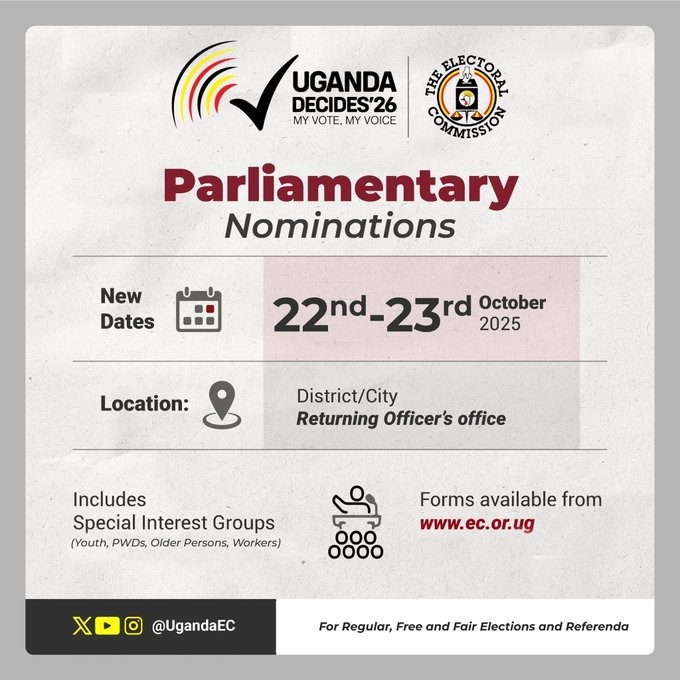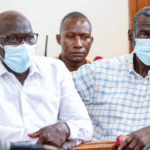With the passing of Pope Francis at age 88, interest in the papacy’s complex and dramatic history has been rekindled across streaming platforms. Among the trending content is the documentary series Pope: The Most Powerful Man in History, which explores the evolution of the papacy from its apostolic beginnings to its present-day global influence over more than 1.2 billion Catholics.
While the series examines recent pivotal moments such as Pope Benedict XVI’s rare resignation in 2013 and the challenges inherited by Pope Francis, it also journeys back nearly a millennium to one of the most scandalous figures in papal history: Pope Benedict IX, the only pope to hold office three separate times. He was elected pope at the age of 20 years, making him the youngest pope in history.
Benedict IX assumed the papacy in 1032, reportedly still a teenager, after his powerful aristocratic family essentially bought the position for him. At the time, the papacy was not just a religious office but also a political and legal powerhouse in Western Europe.
According to theology professor and Episcopal priest Father James M. Weiss, Benedict IX’s reign was marked by rampant corruption, criminal behavior, and disgrace. His actions deeply tarnished the image of the Church, prompting high-ranking clergy to push for his resignation. In an extraordinary move, he was paid to step down—some sources estimate the bribe at 1,500 pounds of gold.
His successor, Pope Sylvester III, managed to hold office for only six months before Benedict IX returned—this time with a private army, assembled by his family, and forcibly reclaimed the papacy. But the drama didn’t end there.
Shortly after his violent return, Benedict IX changed his mind once again, resigning to pursue marriage with his cousin, appointing his godfather, Gregory VI, as pope. The marriage, however, never materialized. True to form, Benedict IX returned yet again to claim the papacy.
This chaotic period saw three rival popes vying for the position of successor to Saint Peter, plunging the Church into unprecedented confusion and factionalism. The final resolution? More conflict and yet another military solution, once again involving Benedict IX’s influential family.
The repeated crises of papal succession during this era forced the Church to recognize the need for a formal and transparent election process. Over the next two centuries, the Church experimented with various flawed systems, until Pope Gregory X instituted a decisive reform in the 13th century.
He mandated that papal elections be conducted in isolation, with cardinals locked in a room—literally cum clavis (“with a key”)—a term that gave rise to the modern word “conclave.”
For a candidate to be elected, two-thirds of the votes must be cast in their favor. If no consensus is reached, the ballots are burned with black smoke. When a pope is successfully chosen, the ballots are burned clean, producing white smoke—a tradition that endures to this day, now aided by chemicals to enhance visibility.
Since the papacy of John Paul II, cardinals participating in the conclave have stayed at the Santa Marta residence inside the Vatican, further institutionalizing the process to ensure integrity and privacy.
From Benedict IX’s corruption and chaos came some of the most enduring traditions of the Catholic Church. The infamous teenage pope—whose reign was marred by scandal, military coups, and nepotism—accidentally became the catalyst for a centuries-old electoral system still in use today.
As Catholics around the world reflect on the legacy of Pope Francis, this darker chapter in Church history serves as a reminder of how even the most turbulent moments can spark lasting reform.

